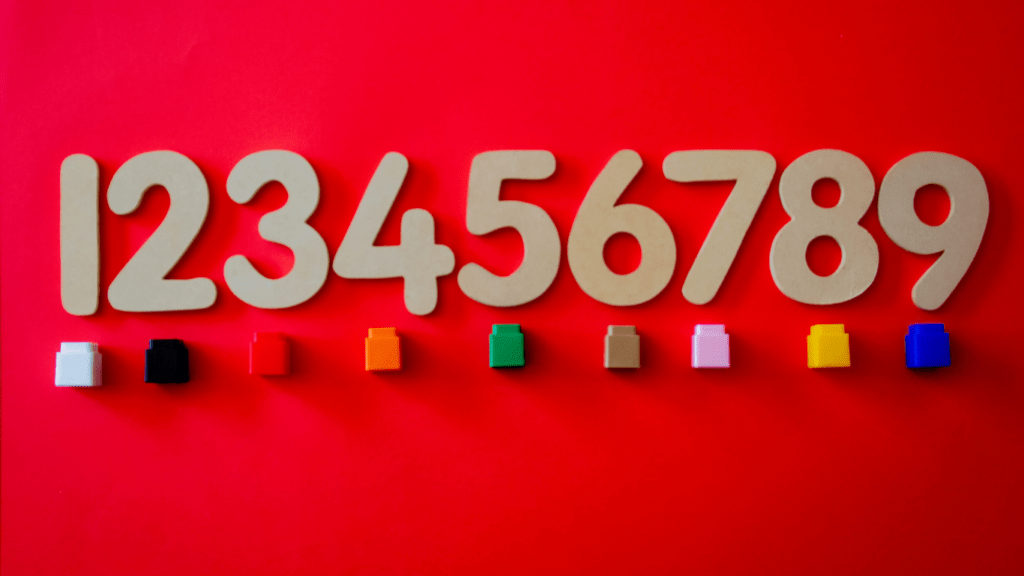Navigating the world of betting odds can be daunting, but understanding the differences between fractional, decimal, and moneyline odds is crucial for making informed decisions. Whether you’re a seasoned bettor or a novice exploring the betting scene, grasping these distinct formats is essential. In this article, I’ll break down the nuances of fractional, decimal, and moneyline odds, empowering you to confidently interpret and compare odds across various platforms.
Fractional odds, commonly used in the UK, are expressed as fractions like 5/1 or 2/3, indicating the potential profit relative to the stake. On the other hand, decimal odds, prevalent in Europe and Canada, are presented as simple numbers, with the total payout inclusive of the stake. Lastly, moneyline odds, popular in the US, display the amount one needs to wager on either underdogs or favorites to win $100, serving as a distinctive system for American bettors. Stay tuned to unravel the intricacies of these odds formats and elevate your betting acumen.
Understanding Fractional Odds
Fractional odds are often used in the UK and are represented as a fraction or ratio. They are displayed with a slash or hyphen, such as 3/1 or 3-1. The first number indicates the potential profit, while the second number shows the stake. For example, if I bet $10 on odds of 3/1, I would make a profit of $30, plus my initial $10 stake returned if the bet wins. Fractional odds of 1/1 are known as even money, where I would double my stake if the bet wins. Understanding fractional odds is crucial for interpreting betting markets in the UK and other regions where this format is commonly used.
Exploring Decimal Odds
- Easy Calculation of Potential Winnings:
Decimal odds simplify the process of determining potential returns. For example, with decimal odds of 3.00, a $10 bet will yield $30 in total (including the original stake), making it straightforward to calculate profit and total payout. - Standardization Across Markets:
Decimal odds are widely used in continental Europe and Australia, providing a uniform method for bettors to evaluate odds and compare potential returns across different platforms and markets. This consistency helps in making informed betting decisions.
Comparing Moneyline Odds
Moving on to Moneyline odds, they are prevalent in the United States, highlighting the potential profit from a $100 bet. Moneyline odds offer positive and negative figures to indicate favorites and underdogs in sporting events. For instance, a favorite might have Moneyline odds of -150, meaning you’d need to wager $150 to win $100, while an underdog with odds of +200 implies a $100 bet could net you $200 in profit if successful. Understanding Moneyline odds is essential for interpreting American sports betting markets accurately.



 Salvatore Loar is the insightful author of Gamble Wise Roots, a platform dedicated to delivering the latest news and updates from the gambling world. His expertise lies in simplifying casino basics, offering a clearer understanding of odds, and exploring the rich evolution of casino games.
Salvatore’s deep dive into the origins of betting provides readers with a well-rounded perspective on the history and strategies behind modern gambling. Through his work, he seeks to inform and engage players of all levels.
Salvatore Loar is the insightful author of Gamble Wise Roots, a platform dedicated to delivering the latest news and updates from the gambling world. His expertise lies in simplifying casino basics, offering a clearer understanding of odds, and exploring the rich evolution of casino games.
Salvatore’s deep dive into the origins of betting provides readers with a well-rounded perspective on the history and strategies behind modern gambling. Through his work, he seeks to inform and engage players of all levels.
